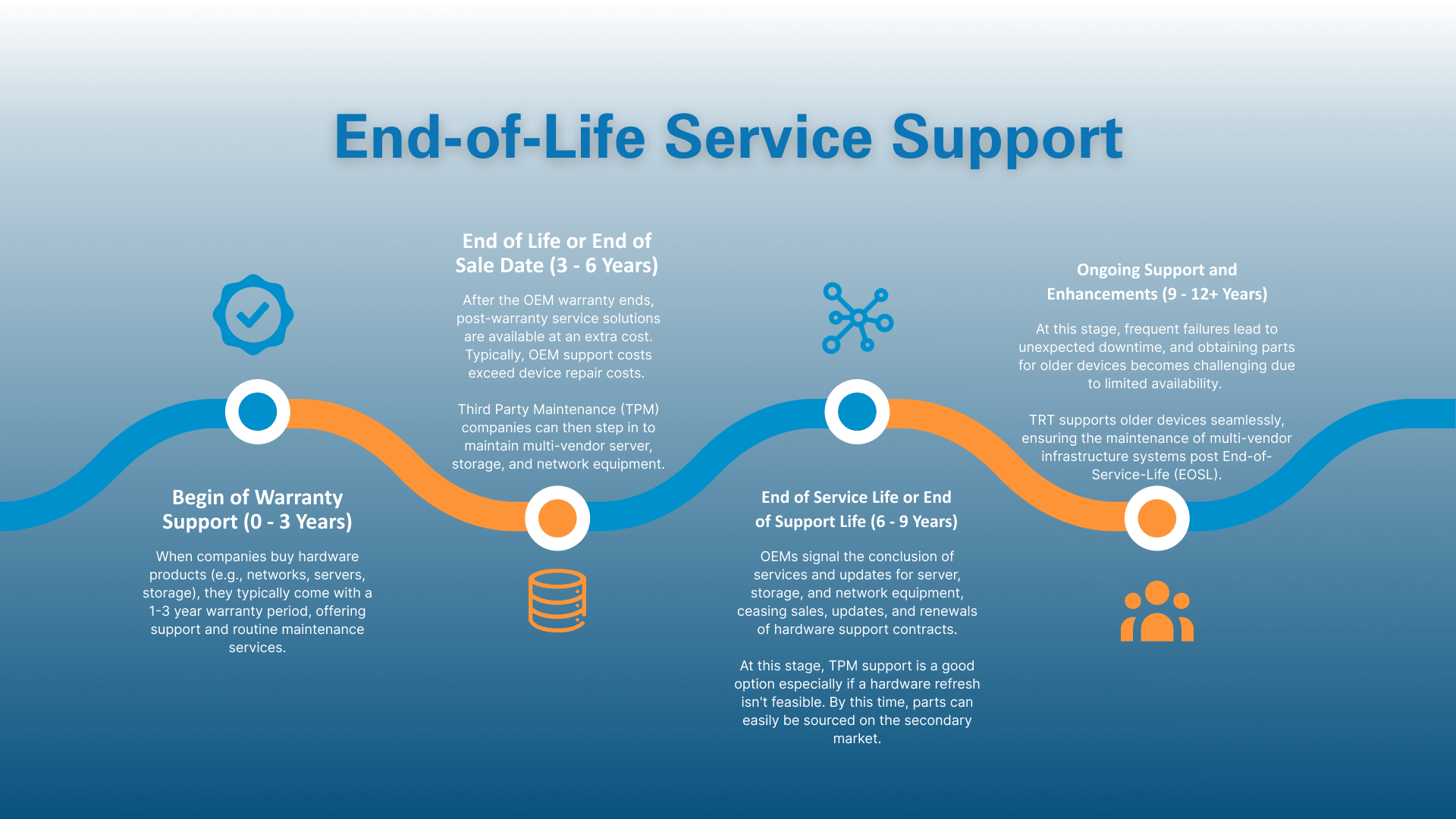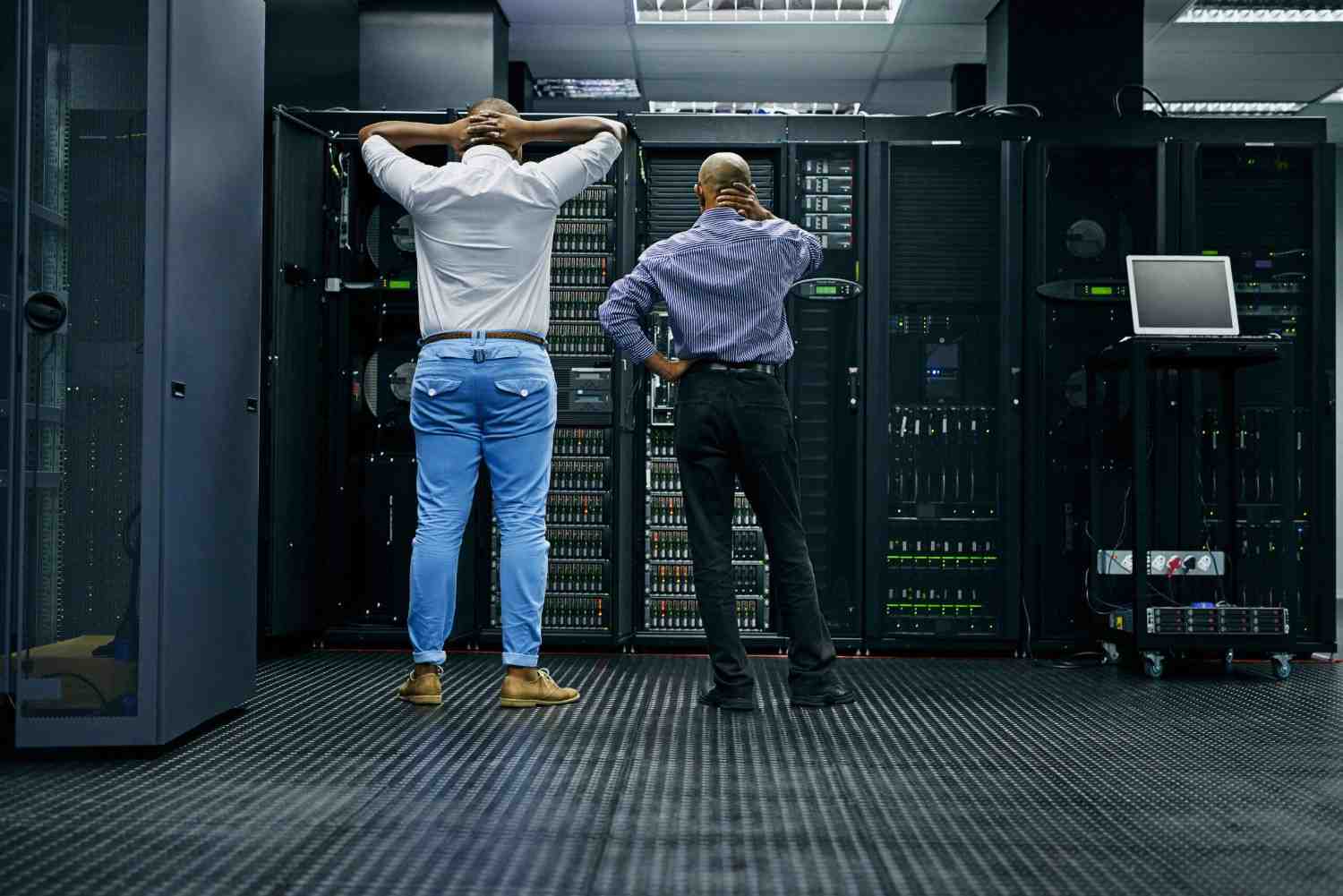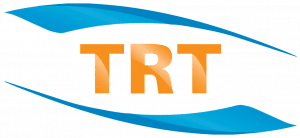What is the End of Life / End of Sale Date?
Upon the introduction and market release of new equipment, warranty support from the Original Equipment Manufacturer (OEM) takes effect. As years pass, the hardware eventually reaches its End of Life (EOL) date, signaling the end of marketing, sales, and updates by the OEM. Subsequently, post-EOL, the OEM still provides hardware maintenance, though at an elevated cost and for a restricted time frame. This phase signifies a transition to a higher-priced support model as the OEM continues to assist with maintenance services for a limited duration beyond the product’s active market life.
What is the End of Service Life / End of Support Life?
As of this date, the OEM ceases to provide, extend, or upgrade hardware maintenance contracts. This juncture signifies a definitive conclusion to the comprehensive support ecosystem offered by the OEM, requiring businesses to explore alternative maintenance solutions to ensure the continued health and performance of their IT infrastructure.

What are the risks of missing EOL and EOSL?
Overlooking EOL and EOSL exposes a company to substantial risks in its IT infrastructure. Systems without ongoing monitoring become susceptible to security threats, lacking critical patches and updates.
Furthermore, the lack of manufacturer support introduces the potential for heightened downtime, elevated maintenance costs, and challenges in procuring replacement parts. This scenario places businesses in a precarious position, operating on outdated technology that undermines their competitiveness and overall operational efficiency.


How can you effectively monitor EOL and EOSL of your infrastructure?
To effectively monitor EOL and EOSL, businesses can implement a proactive approach. This involves staying informed about the product life cycle timelines provided by manufacturers, utilizing monitoring tools, and establishing relationships with vendors to receive timely notifications about upcoming EOL and EOSL events.
Regularly assessing your infrastructure’s status ensures that you can plan and budget for necessary upgrades or replacements.
How can you maximize your equipment value with Third Party Maintenance (TPM) companies?
Integrating Third-Party Maintenance (TPM) into your strategy offers a distinct advantage in maximizing the value of your equipment. TPM companies specialize in providing post-warranty support, extending the operational life of your hardware beyond the OEM’s support period.

By leveraging TPM services, businesses can often reduce maintenance costs while receiving reliable and tailored support. This approach allows for a more flexible and cost-effective management of the IT infrastructure, ensuring that your equipment continues to deliver optimal performance well beyond its original warranty period.
Empower Your IT Future!
Ready to enhance and extend the life of your IT infrastructure? Contact Total RISC Technology today for a free 30-minute assessment. Our experts will help you navigate the complexities of EOL and EOSL, ensuring operational continuity and maximizing the value of your technology investments.




